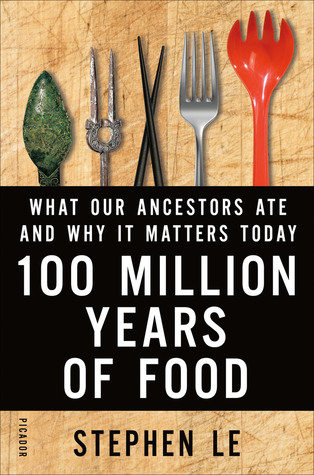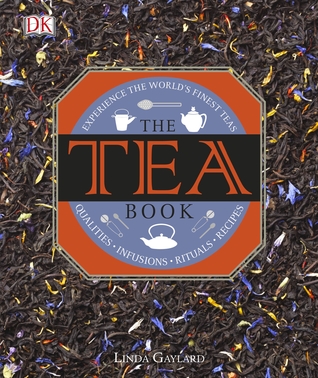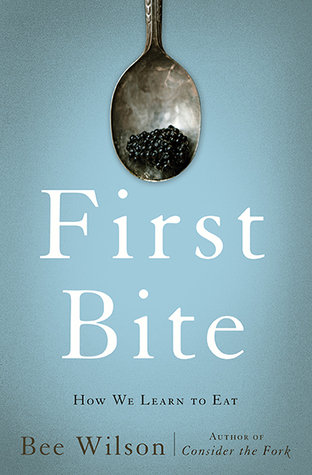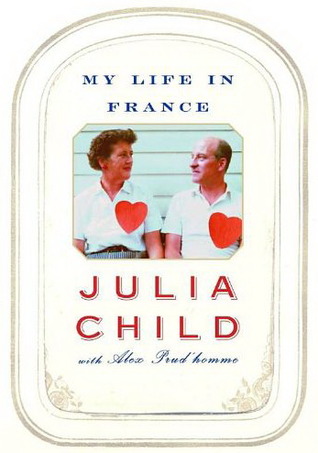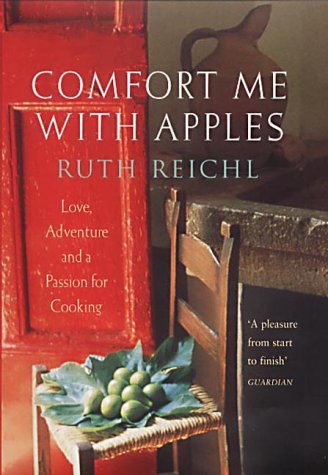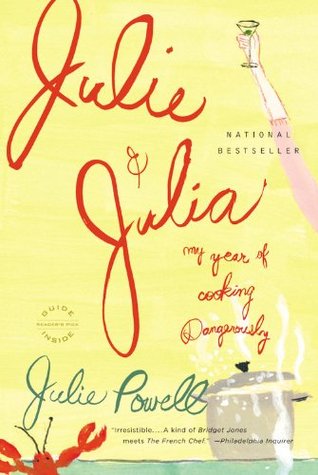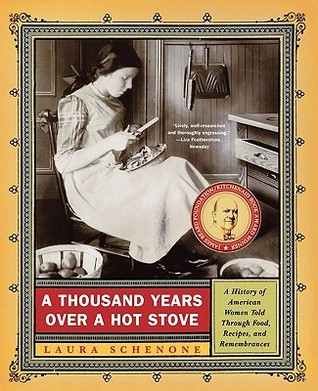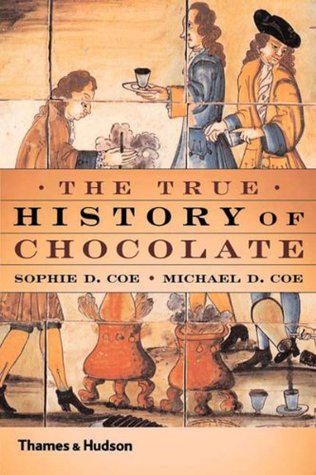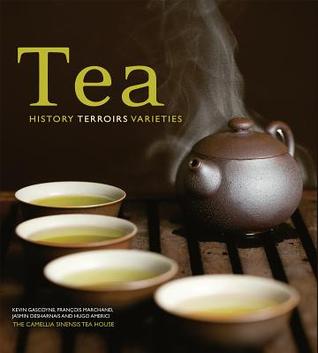
Tea by Kevin Gascoyne, et al.
Tea: History, Terroirs, Varieties
by Kevin Gascoyne, Francois Marchand, Jasmin Desharnais, and Hugo AmericiTea is second only to water as the most-consumed beverage in the world. When recent studies revealed green tea’s health benefits, North American consumption skyrocketed.
Tea is a comprehensive guide to non-herbal tea, the plant “Camellia sinensis.” Concise and authoritative text and an abundance of color photographs take the reader on an escorted tour of the world’s tea-growing countries: China, Japan, Taiwan, India, Sri Lanka, Nepal, Vietnam and East Africa. Like a fine wine, it is the “terroir”—a region’s soil and climate—that imparts unique characteristics to a tea.
The book covers black, green, white, yellow, oolong, pu’er, perfumed, aromatic and smoked teas. Topics include:
- An overview of the history of tea
- Tea varieties
- The worldwide export of tea
- How tea is processed
- Signature tea cultivars
- The art of making, serving and tasting tea, including tea ceremonies
- Tea in cooking, with 15 recipes from gourmet chefs
- A directory of teas
A set of detailed charts, tables and graphs shows the caffeine, antioxidant and other biochemical properties of 35 teas.
Tea aficionados go on organized tours of tea-growing regions, enroll in tasting seminars and earn professional certificates. For them and for the interested reader who enjoys the occasional cup, Tea is a beautifully presented homage to the world’s most beloved hot beverage.

